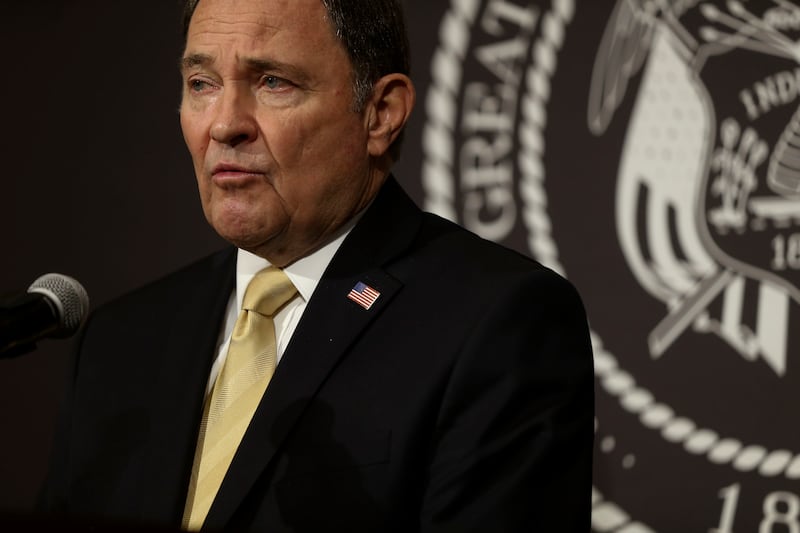The good thing about Utah’s unique color-coded alert system for COVID-19 is that it can be applied surgically. In other words, rather than moving the entire state to an open or closed status, state officials can apply nuanced directives to isolated geographic areas or demographics, as was announced Thursday.
The challenge, however, comes with applying nuance in a state where most people now will be free to move about as they please. Equally challenging will be tamping down the misperception that mask-wearing and social distancing no longer is required. As officials said Thursday, those things will be more important than ever as the state begins to loosen other restrictions.
Beginning Saturday, most of the state will move from an orange to a yellow condition. This means gatherings will be capped at 50 people, rather than the previous limit of 20. Team sports may now restart, so long as players are checked for symptoms and fans are socially distanced. Swimming pools may open, provided swimmers remain 6 feet apart.
As Gov. Gary Herbert announced Thursday, stricter orange conditions will remain in effect in Grand, Summit and Wasatch counties, as well as in Salt Lake and West Valley cities. Also, people 65 or older or with underlying health conditions should consider themselves under orange-level directives.
State officials say these exceptions are backed by data. As the Deseret News reported Thursday, COVID-19 has shifted to Salt Lake City’s diverse west side neighborhoods and to West Valley City. While 4.2% of people tested statewide are found to be infected with COVID-19, the rate is up to 20% at a clinic on the border of Salt Lake and West Valley cities. In Salt Lake City, the Jordan Meadows, Rose Park, Poplar Grove and Glendale neighborhoods are hot spots, with some of the state’s highest illness rates.
These rates may be a result of the many multigenerational family situations involving people who may not have the option to work remotely. Language barriers also may be a factor, which is why Salt Lake City has begun translating public service announcements into 10 languages.
Given those figures, one wonders why these areas were not designated as red zones, with the highest levels of restrictions.
Keeping Salt Lake City in an orange category also means many of the city’s office buildings will remain empty, continuing to affect work patterns for many people who live in surrounding suburbs.
That distinction will be helpful, as it will keep many people from having to shift from yellow to orange areas and back during the day.
State health officials have been clear in saying that any area or demographic in Utah may change back to more restrictive measures at any time in response to any flareup of COVID-19, or a dreaded second wave of the disease.
Utahns should rest on their COVID-19 laurels. The road to an open society and economy is rigorous and requires sustained vigilance. However, it must be noted that the state has developed an impressive record in dealing with this pandemic.
Utahns should rest on their COVID-19 laurels. The road to an open society and economy is rigorous and requires sustained vigilance.
As of Thursday, Utah has the fourth fewest deaths per capita in the nation, and fewer overall deaths from COVID-19 than any other state with an equal or larger population. From the start, the governor allowed individual counties to impose tougher restrictions than his statewide directives if they saw a need. This localized approach has served people well.
So long as data remains the driving force, and so long as the state is able to collect greater and more rigorous data as time goes on, the strategy is likely to continue to work.
Utahns, however, need to understand that the danger has not passed, and that mask-wearing and social distancing remain the order of the day.

